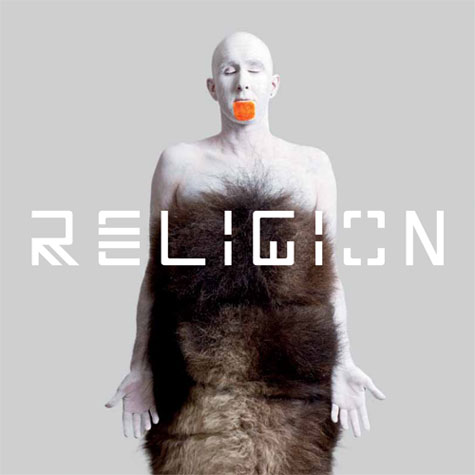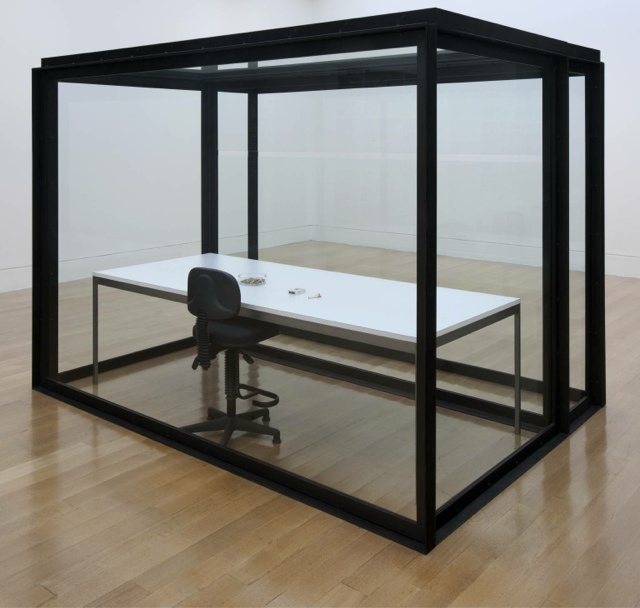Last Friday marked my first night teaching the Friday Night Drama group at PTE School. This is a new project for me, working with a special group of adults with various abilities. This was the first time in ages that I have been nervous to teach a class; not because I was unsure of my preparation, but mainly because i was anxious with anticipation of the group, their dynamic, and whether I would fit into their circle.
We did a range of work on drama exercises, focussing on imagination. We began with a circle, talking about imagination and creating an imaginary place together. We then got up to walk around, creating our own imaginary beach, eventually finding an object, and sharing it with the group. The imagination game was very successful, every member of the group participating. We moved into other imagination-based exercises. As the group got more excited, I sensed myself getting excited too, veering from my plan into exercises with varying levels of success.
Several times through the class I found myself simply grinning with joy at the enthusiasm of these individuals, and how happy the simple theatre games made them for those 2 hours. I recently read an interview with Robert Lepage in which he stated that these days there is too much acting and not enough playing; this class reminded me of exactly this, the joy that comes from playing.
Overall, my fears were for nought, as the group really took to my style of physical imagination and games. I'm really excited about my continued development with this group over the coming weeks, and may share more of my trials and tribulations.
Photo: Autel @ Gas Station Arts Centre - photo by Leif Norman
We did a range of work on drama exercises, focussing on imagination. We began with a circle, talking about imagination and creating an imaginary place together. We then got up to walk around, creating our own imaginary beach, eventually finding an object, and sharing it with the group. The imagination game was very successful, every member of the group participating. We moved into other imagination-based exercises. As the group got more excited, I sensed myself getting excited too, veering from my plan into exercises with varying levels of success.
Several times through the class I found myself simply grinning with joy at the enthusiasm of these individuals, and how happy the simple theatre games made them for those 2 hours. I recently read an interview with Robert Lepage in which he stated that these days there is too much acting and not enough playing; this class reminded me of exactly this, the joy that comes from playing.
Overall, my fears were for nought, as the group really took to my style of physical imagination and games. I'm really excited about my continued development with this group over the coming weeks, and may share more of my trials and tribulations.
Photo: Autel @ Gas Station Arts Centre - photo by Leif Norman




